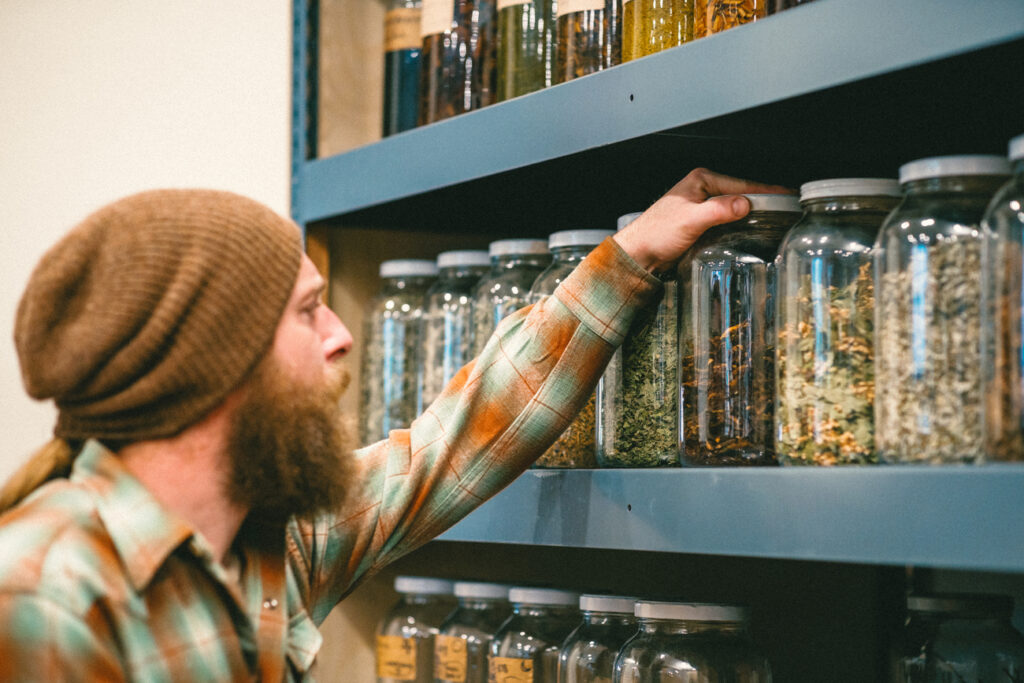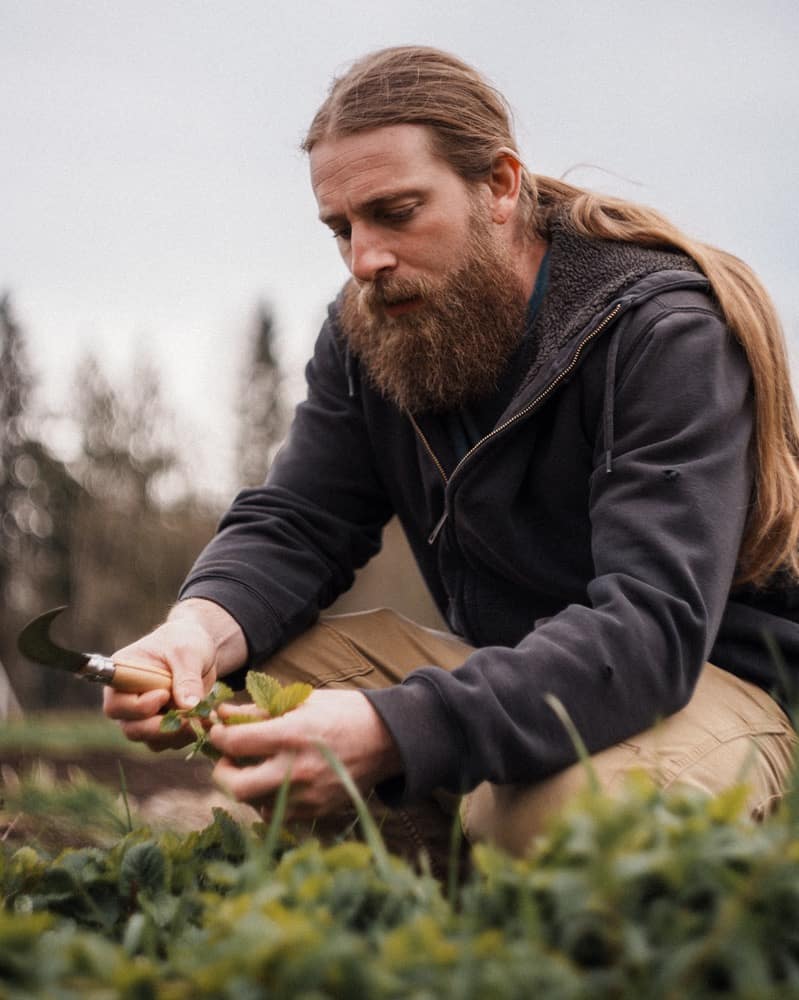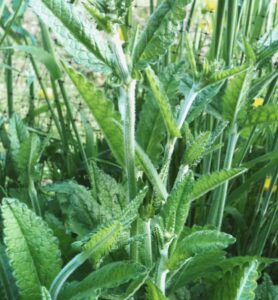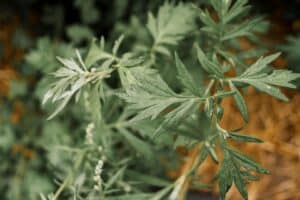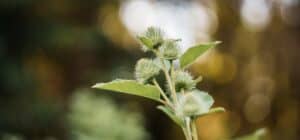As an herbalist, facing a condition you’ve never heard of is a rite of passage. However, how you respond is up to you.
There’s a universal method you can employ when treating all conditions- familiar or ones you’ve never heard of. By using postural orthostatic tachycardia syndrome (POTS) to illustrate this method, you’ll learn:
- How to approach a condition you’ve never heard of
- What the six tissue states are and how they express themselves in disease
- Which herbs alleviate the various tissue state imbalances
- How I approached figuring out how to treat POTS
Table of Contents
How do you respond when you’re faced with a condition you’ve never worked with or even heard of before?
There comes a time in every herbalist’s journey where you’ll face a client with a set of symptoms or a condition that completely bewilders you.
It’s easy to underestimate your competence and feel afraid that you’re not capable of helping this person. In these moments, you might feel tempted to refer them to another practitioner before you even attempt to treat them.
While having the humility to know when it’s time to refer a client to someone with more experience is necessary, it’s important to remember your competence as a practitioner, to know that you have what it takes to do the investigative work behind the condition and to help the person in the best way you can. That in fact, this is one of the best ways to build your competence and confidence as an herbalist… taking on some hard-to-treat or complex cases.
Whether you’re treating the common cold or Postural Orthostatic Tachycardia Syndrome (POTS), the approach to determining an herbal protocol remains the same.
By researching the pathological and physiological processes behind the symptoms you’re presented with, you can ascertain the underlying tissue state and determine an effective treatment by using herbs that ameliorate that state.
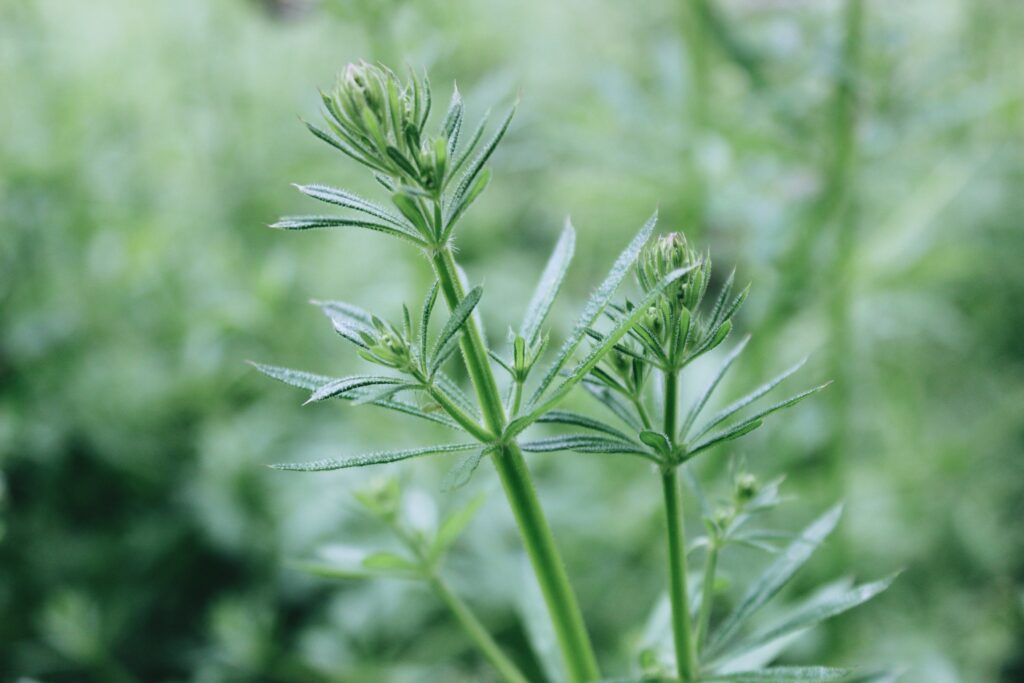
The Six Tissue States
Behind every condition in the world lies a set of physiological qualities and biochemical processes. In traditional herbalism, these are viewed as a pattern that reflects a larger tissue state imbalance. The six tissue states represent states of excess or deficiencies in three physiological factors: temperature, moisture and tone.
The depressed and irritated tissue states corresponds to an imbalance of tissue functioning with processes operating too slow or too fast, regarded as temperature. Relaxation and constriction relate to incorrect tension of the tissues, with them being too loose (atonic) or too tight (spasmodic or tense). Lastly, atrophy and torpor point towards a change in the density or moisture of the tissue, either being too dry or too damp.
To illustrate further, here are common signs and expressions of each tissue state:
Irritation
An irritated tissue state indicates an overactivity occurring in an organism that results in overstimulation, irritation, or inflammation. When working with the irritated tissue state, cooling herbs that are sour or bitter in taste are indicated and assist in relieving heat in the tissues. This state is also known as excitation, or simply, hot. While this tissue state represents a pattern of hyperfunctioning, the depressed state indicates hypofunctioning of an organ system.
Depressed
A depressed tissue state occurs when there is a pattern of underactivity and lack of response to normal stimulation due to a deficiency of the vital force. This is usually referred to as cold. Warming, circulatory, and aromatic herbs are used to increase physiological activity and balance this tissue state.
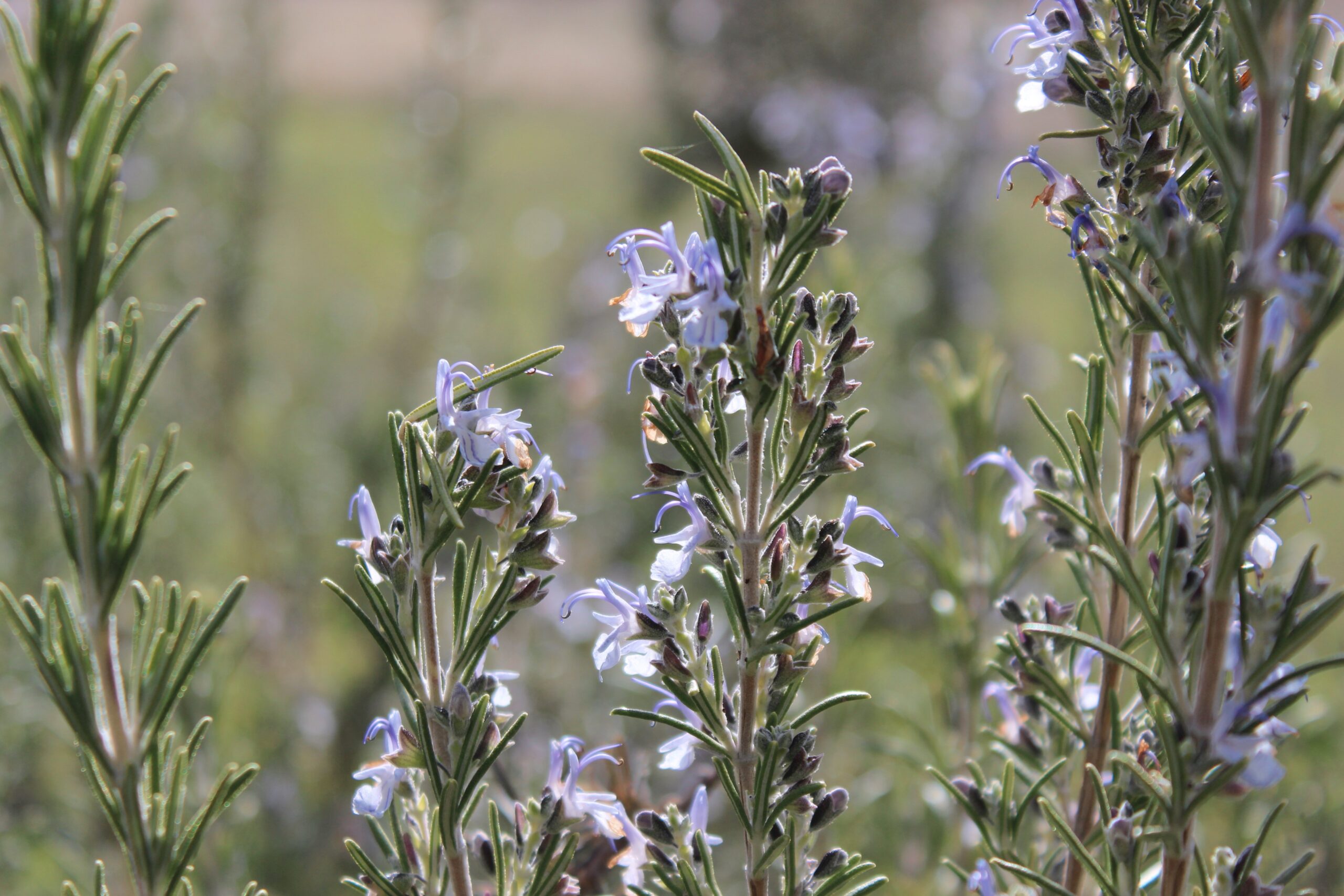
Relaxed
Tissues in the relaxed tissues state lack the tone required to hold form or fluids. This is illustrated as skin that has lost its elasticity, spongy gums, and organ prolapse. Because the lax state inhibits containment and transportation of fluids, the functionality of the organ or organ system is compromised. Astringent herbs are used to tighten and tone lax tissues and restore balance so they can better hold in fluids.
Constriction
In the constricted tissue state, excess tension results in nervous exhaustion, muscular tightness, and a restriction in the vital force. Acrid herbs are used here to release rigidity of the mind and body, sedate the nervous system, and relax constriction and tension. This is referred to as an excess of wind in some traditions, or is simply referred to as tension (both physical and psychological).
Atrophy
Tissues in this state are dry and lack moisture, resulting in a constitutional dryness that can lead to stiffness in the joints, constipation, and dry hair. These tissues are often emaciated, lacking nutrition, weak, and ultimately losing function. Herbs that build fluids and increase lubrication of the joints are used, such as sweet tonics and demulcents.
Torpor
Unlike atrophy, the torpor tissue state occurs when there is excess fluid remaining in an organism that is not circulating well. This can lead to stagnation and is often the result of poor elimination processes and weakened metabolic functioning. Bitters and alteratives are used to remedy this imbalance and diffuse dampness.
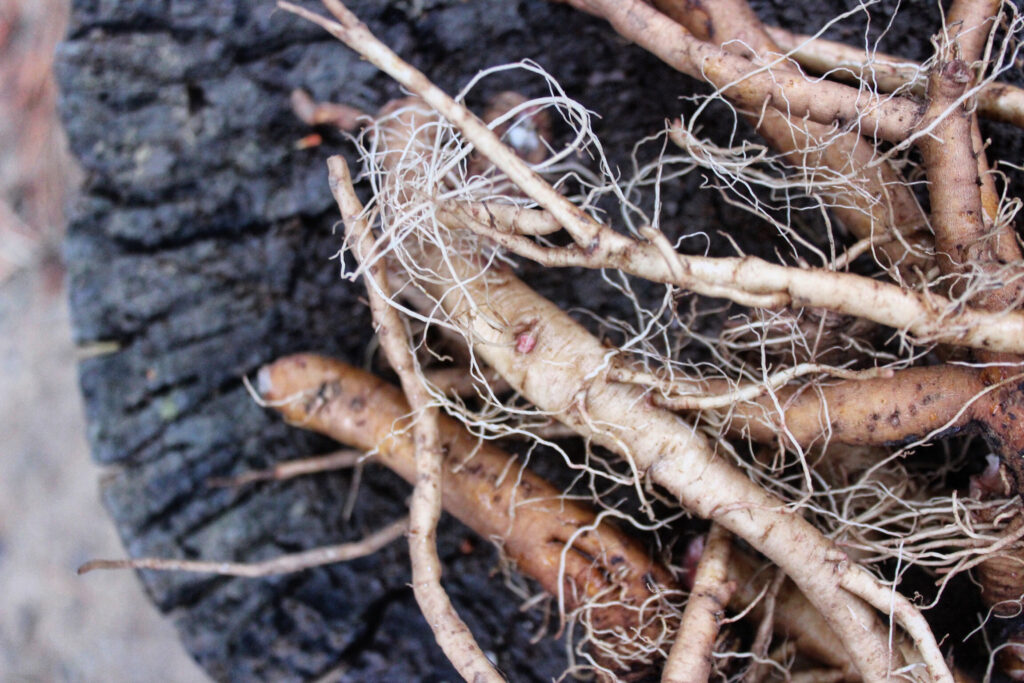
Dysautonomia
With these tissue states in mind, let’s take a look at a condition recently presented that needed a little bit of research to understand what it is, how it happens, and what’s going on at the physiological level. That way it can be translated into the tissue state model and better remedy selection can occur.
Dysautonomia refers to a cluster of medical conditions caused by problems with the autonomic nervous system (ANS). Affecting more than 70 million people worldwide, it can be present at birth or develop gradually at any age. It affects all genders equally, and its symptoms can be mild to severe.
Your autonomic nervous system is responsible for involuntary body functions such as your heartbeat, breathing, and digestion. In other words, it governs all of the functions in the body that occur automatically without requiring conscious thought or control.
When the autonomic nervous system is not working properly, it may affect the functioning of the bladder, intestines, sweat glands, pupils, heart, and blood vessels. Dysautonomic disorders can occur alone or as the result of another disease, such as Parkinson’s disease, diabetes, or autoimmune diseases.
Postural orthostatic tachycardia syndrome, or POTS for short, is a specific type of dysautonomia.
Postural Orthostatic Tachycardia Syndrome (POTS)
Postural Orthostatic Tachycardia Syndrome is a condition many people have never heard of, so let’s begin by breaking down what each part of this name means: Postural refers to the position of your body, orthostatic means an upright position, tachycardia refers to an increased heart rate, and a syndrome is a set of symptoms. Usually this condition is marked by people getting heart palpitations, dizziness and poor circulation when upright for too long.
In a healthy person, the body activates several nervous system responses to ensure sufficient blood flow reaches the upper and lower parts of the body. For example, hormones are released that tighten blood vessels and cause a modest increase in heart rate. This results in improved blood flow to the heart and brain. Once the brain receives sufficient blood and oxygen, the nervous system recalibrates and settles back to normal.
In people with POTS, the blood vessels do not respond efficiently to the hormonal signal to tighten. As a result, the longer you remain upright, the more blood flows to the lower half of the body and inhibits healthy blood flow to the brain. This may lead to lightheadedness, brain fog, dizziness, and fatigue.
As the nervous system continues to release epinephrine and norepinephrine to tighten the blood vessels, the heart rate increases, which can result in forceful or skipped heartbeats, chest pain, shakiness, and anxiety.
Some people with POTS develop hypotension with prolonged standing, while others develop hypertension. In some cases, blood pressure remains stable. Each case is unique and expresses symptoms differently.
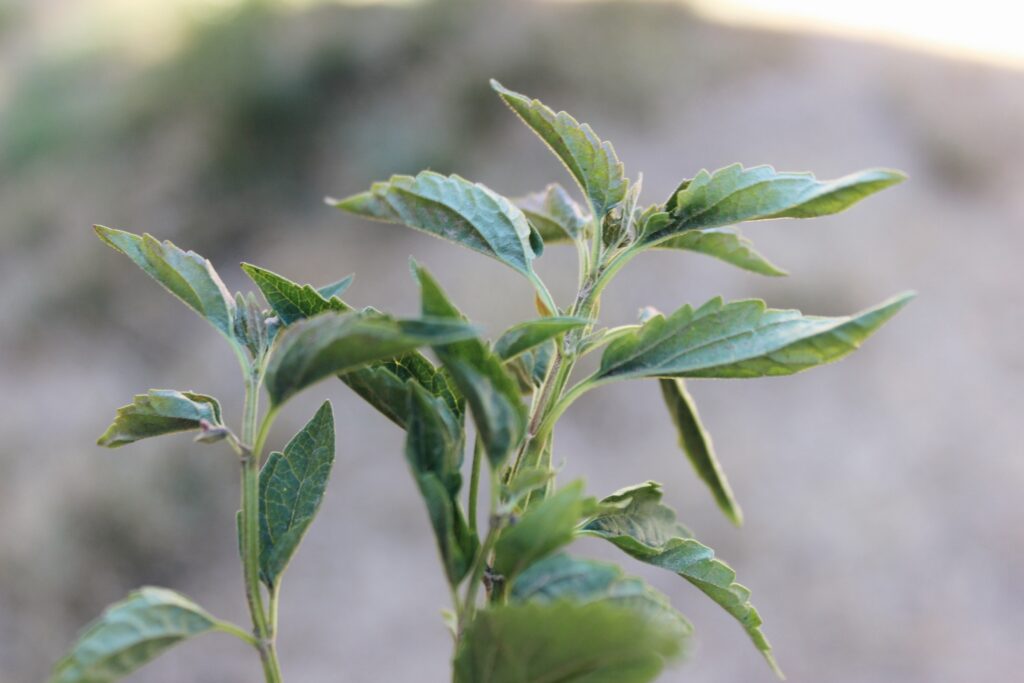
Learning to Assess the Root Cause
The first step in determining an herbal protocol for any condition is identifying its underlying root cause and tissue state.
During this process, it’s helpful to ask questions that clarify energetic patterns, such as assessing if the condition stems from hyperfunctioning or hypofunctioning and whether there is an element of hot irritation or cold stagnation present.
In POTS, there is a dysregulation of the neurological/nervous system whereby the nerve signaling does not cause effective blood vessel constriction. This leads to poor circulation, weakness, and fatigue. Thus the main affinities we’re looking at here are the nervous system and circulatory system, specifically the blood vessels themselves.
Because there is a state of hypofunctioning illustrated by the unresponsiveness between the nervous system and blood vessels, you can deduce that POTS is an expression of the depressed tissue state. Looking deeper, there are secondary traits of the relaxed tissue state exemplified with the atonic nature of the blood vessels that results in poor circulation.
Determining an Herbal Protocol for POTS
Once you’ve identified the underlying tissue state fueling the condition, it’s time to select herbs that balance that state, thereby absolving the root cause and alleviating uncomfortable symptoms.
In the case of POTS, where a depressed tissue state results in poor nervous system functioning and circulation, herbs that strengthen the nervous system and improve blood flow would be the best place to start. Of course, giving indicated remedies for the symptom would be good here as well, which would be remedies for the tachycardia/heart palipitations.
Nervous system
The first step in supporting the nervous system is in consuming a nutrient-rich diet supplemented with a multivitamin and multivitamin to ensure that it receives the nutrients needed to manufacture neurotransmitters.
Because POTS results from functional nervous system problems, nerve trophorestorative herbs that restore and strengthen the nervous system are indicated, such as Milky Oats (Avena sativa), Skullcap (Scutellaria lateriflora), and St. John’s Wort (Hypericum perforatum).
With the continual secretions of epinephrine and norepinephrine, there is often a degree of adrenal fatigue present which contributes to the depressed tissue state. Herbs that replenish the adrenals include Ashwagandha (Withania somnifera), Eleuthero (Eleutherococcus senticosus), Ginseng (Panax ginseng), Codonopsis (Codonopsis pilosula), and Rhodiola (Rhodiola rosea), which is a specific herb for hypoxia. Lion’s Mane mushroom would be excellent here too as a nerve tonic.
Using herbs to address the root cause of POTS is paramount. However, no formula is complete without including herbs that alleviate the uncomfortable symptoms associated with this condition. By doing so, you can increase the manageability and life quality of those with POTS.
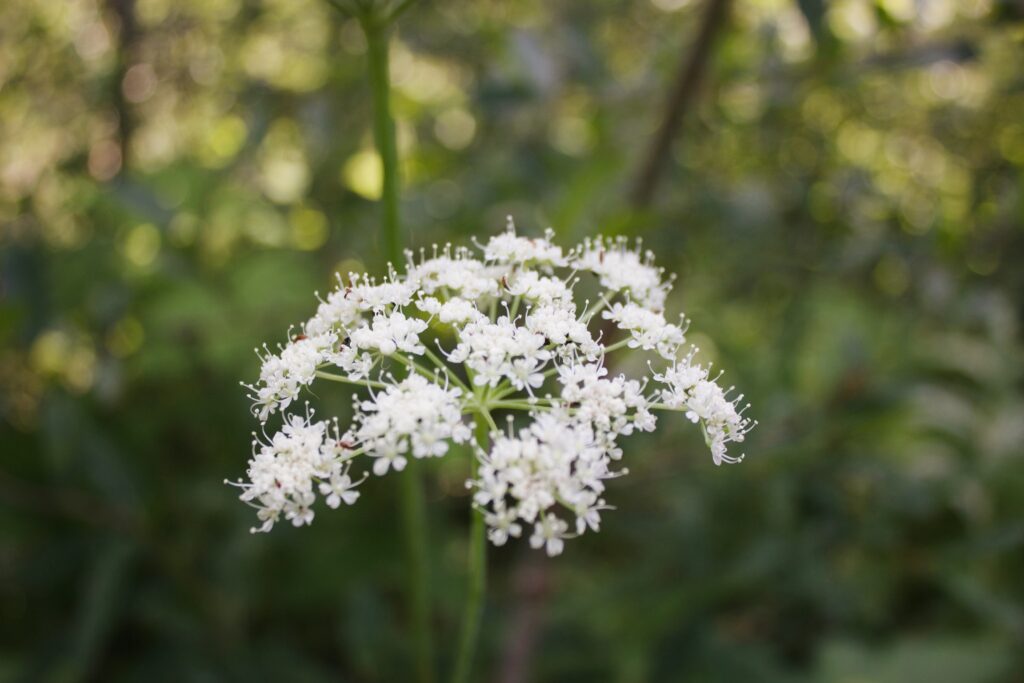
Circulation
Pungent, spicy, and hot circulatory stimulants move the blood upwards, disperse it to the periphery, and assist the blood in reaching the head, brain, and nerves.
Prickly Ash (Zanthoxylum americanum) is an excellent remedy to consider as it works on the junction between the nervous system and circulatory system and improves the functioning of both. This herb encourages healthy blood flow to the periphery and joints while alleviating nerve pain. I would consider it a very specific remedy here.
Cayenne Pepper (Capsicum annuum) is a cardiac tonic that regulates blood flow and improves circulation to the hands and feet. Referred to by old North American doctors as a remedy that “equalizes circulation,” this herb is a fantastic adjunct to any POTS formula. Angelica (Angelica archangelica) can be used to strengthen circulation, while Ginger (Zingiber officinale) is another warming classic that improves circulation to the periphery.
Herbs that encourage blood flow and circulation specifically to the brain include Gotu Kola (Centella asiatica), Bacopa (Bacopa monnieri), and Rosemary (Rosmarinus officinalis). Gotu Kola is a nerve and connective tissue tonic with an astringent quality. Combined with Rosemary, these two herbs assist in alleviating dizziness.
Vasoconstrictors
People often seek herbs that possess a vasodilating effect to open the blood vessels and encourage blood flow. However, the opposite is needed for people with POTS.
Because the relaxed tissue state of the blood vessels inhibits effective transportation of blood throughout the body, herbs with an astringent quality that tone and tighten the blood vessels are needed. Some herbs that assist in this include Horse Chestnut (Aesculus hippocastanum), Yarrow (Achillea millefolium), and Stone Root (Collinsonia canadensis).
Heart Palpitations
Although heart palpitations may be alarming, in most cases, they are harmless. However, the experience is uncomfortable and can exacerbate anxiety for many people. Specific herbs that alleviate heart palpitations are Lemon Balm (Melissa officinalis), Motherwort (Leonurus cardiaca), and Linden (Tilia europaea).
While some people are sensitive to herbs and may experience relief from a few drops of a tincture, others might require larger doses to achieve results.
Whether five or sixty drops of a tincture are needed to feel relief, you can always begin with a few drops and work your way up until symptoms are allayed.
Believing In (and Building) Your Competency
When you’re presented with a condition you’ve never heard of, it’s easy to feel nervous and that the case is out of the scope of your practice. Although it’s important to know when it’s time to defer a case, it’s precisely by accepting new clients and working with conditions you’re unfamiliar with that you grow, develop, and evolve as an herbalist.
By researching the condition from a western medical perspective and assessing the underlying tissue state beneath the physiological and biological processes, you can identify herbs that will hopefully absolve the root cause while at the same time provide symptomatic relief.
The next time you accept a case you’re unfamiliar with, lift your head, conduct your research, and know that you have what it takes to provide care for the people who turn to you for support.


